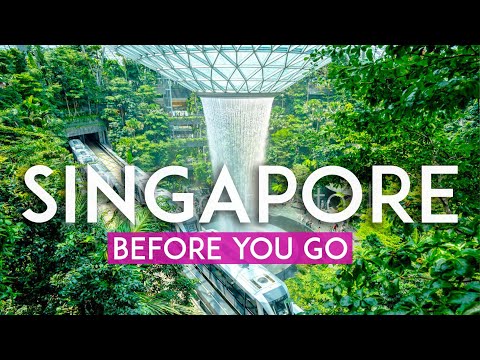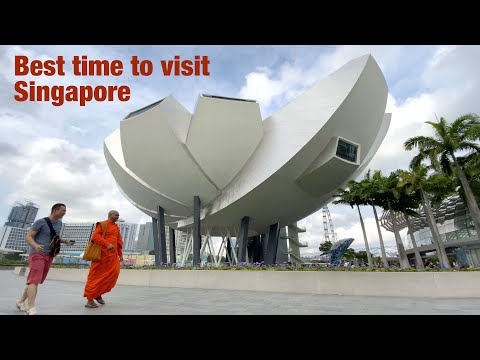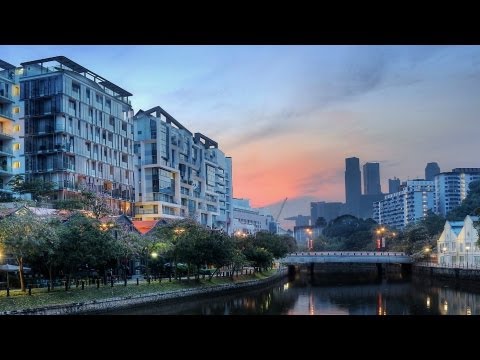When is the Worst Time to Visit Singapore? A Guide to Avoiding the Rainy Season
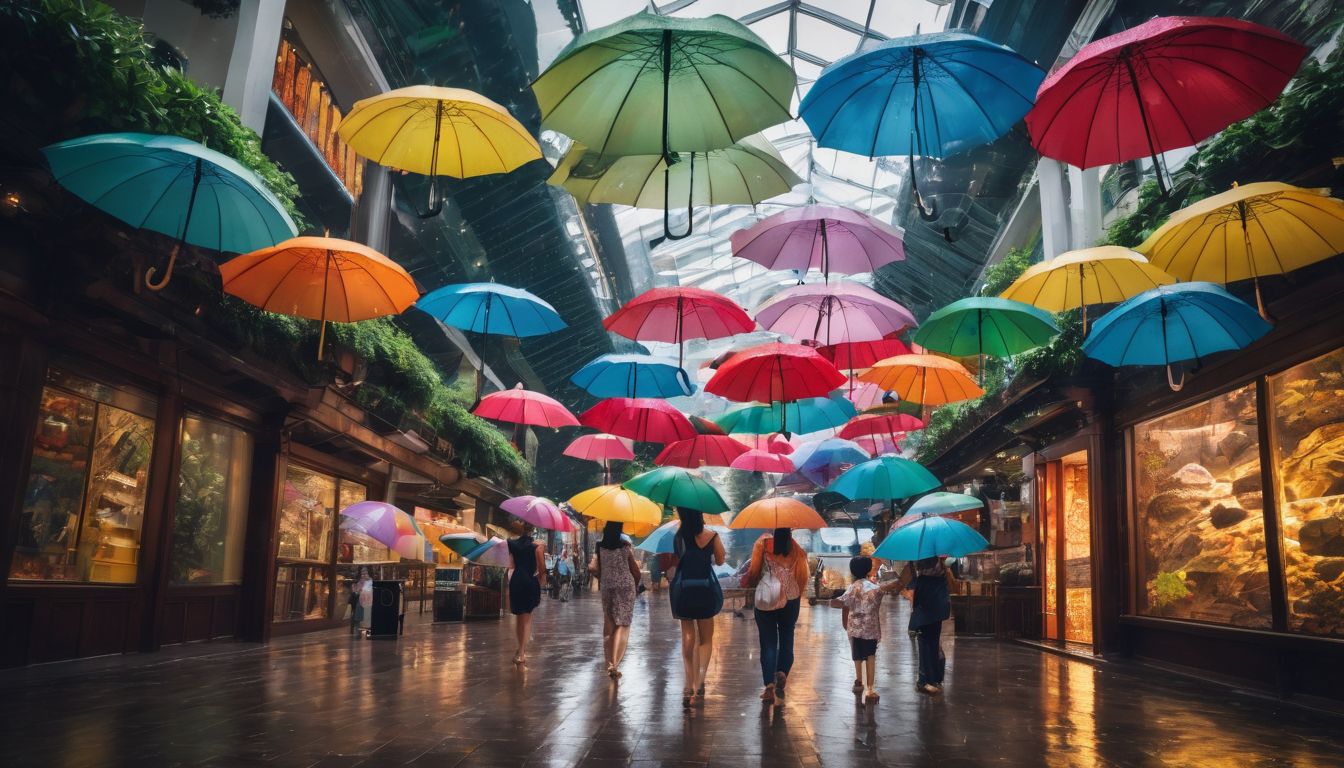
Planning a trip to Singapore? Timing is crucial! This country’s tropical climate can bring unpredictable bouts of rain, especially from November to January. But don’t let that dampen your travel spirit, this guide will offer invaluable tips on the best times to visit and how to make the most out of Singapore’s rainy season.
Ready for an adventure without the downpour? Let’s dive in!
Key Takeaways
- The worst time to visit Singapore is during the rainy season, which occurs from November to January. This period has the highest amount of rainfall and can make outdoor activities less enjoyable.
- The best time to visit Singapore for outdoor activities is during the dry season, which lasts from February to October. During this time, there is less rain and lower humidity levels, creating ideal conditions for exploring parks, engaging in water sports, and enjoying outdoor adventures.
- When it rains in Singapore, there are plenty of indoor activities and attractions to keep you entertained. You can visit museums, art galleries, indoor theme parks, or indulge in spa wellness treatments. Shopping malls also offer a wide range of options for retail therapy.
- To avoid crowds and elevated costs during peak travel seasons in Singapore, consider visiting outside of major holidays and festivals. Booking accommodations and attractions ahead of time can help minimize inconvenience and ensure a smoother trip experience.
Understanding Singapore’s Climate
 Singapore’s climate is characterized by hot and humid weather, with temperature and rainfall averages varying throughout the year.
Singapore’s climate is characterized by hot and humid weather, with temperature and rainfall averages varying throughout the year.
Temperature and rainfall averages by month
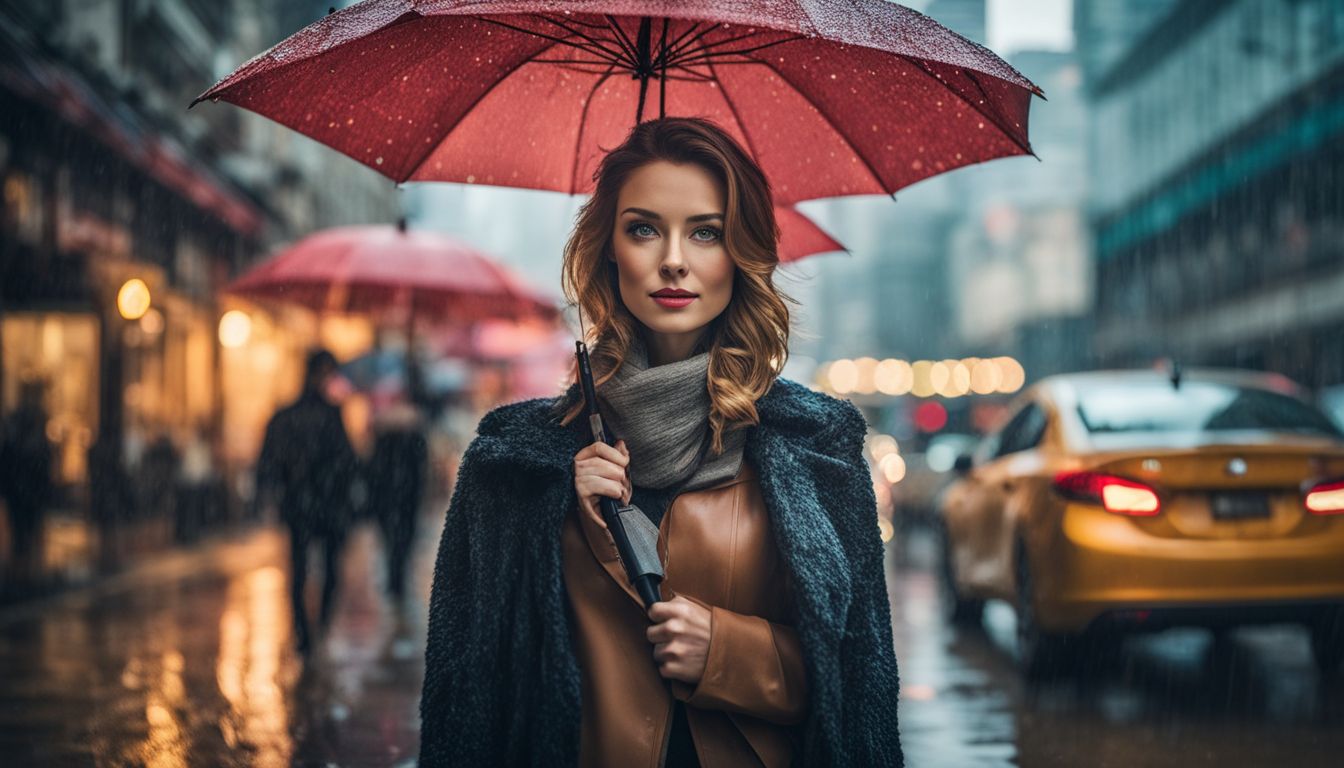
In Singapore, the heat stays high all year. From March to June, it gets a bit hotter. But in December and January, it cools down slightly. Rain falls often in December. This is the wettest month of the year.
The rainy season starts in November and ends in January. These months get the most rain. The rest of the year has less rainfall. The temperature and rainfall averages show that weather in Singapore does not change much throughout the year.
Hot and humid weather
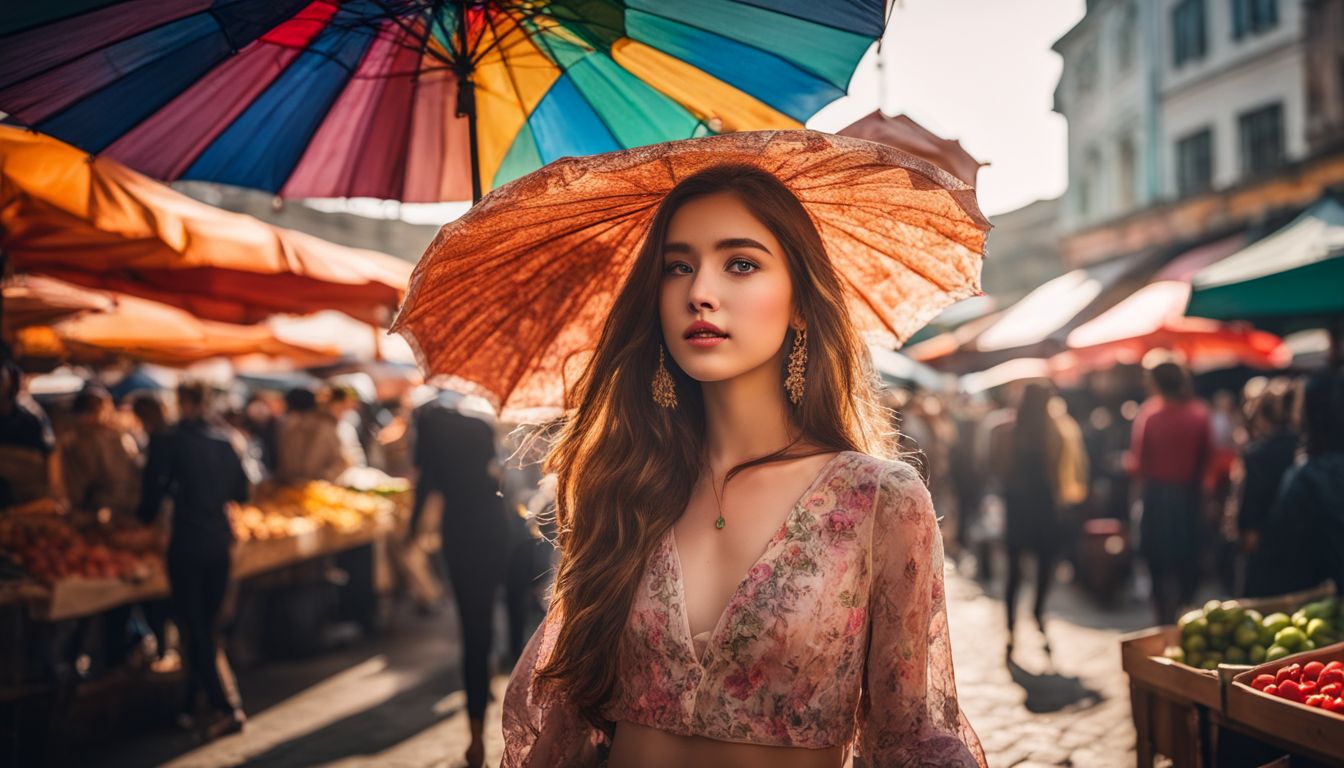
Singapore’s weather stays hot and humid all year. The day temperature is often 31°C. This warmth never changes, so you can feel it every time you step outside. The city is near the Equator, just 137 km above it.
That’s why it’s always so warm.
The heat may cause heavy rain at times. Clouds fill the sky very fast, bringing a lot of moisture with them. Wind blows strong, making a thunderstorm start in no time.
Such weather is common throughout the year because Singapore has a tropical climate. Do remember that there are two main seasons – the Northeast Monsoon Season and Southwest Monsoon Season and they change how hot or rainy it gets here.
They also bring wind which cools things down for some days.
Air quality concerns
 Dirty air can be a problem in Singapore. Pollution fills the air at times, making it harder to breathe. This is common in the center and east areas of the island.
Dirty air can be a problem in Singapore. Pollution fills the air at times, making it harder to breathe. This is common in the center and east areas of the island.
Sometimes, there is hazy weather. This also hurts the air quality. It may even reach “unhealthy” levels during these periods. Asthma patients or those with lung problems should stay safe.
Heat makes people use more power for cooling their homes with air-conditioning units. As they run, greenhouse gases fill the sky above Singapore, harming our world more and more each day.
The Dry Season (February to October)
-130178999.jpg)
The dry season in Singapore, which runs from February to October, is the ideal time to visit for outdoor activities and adventures.
Better for outdoor activities
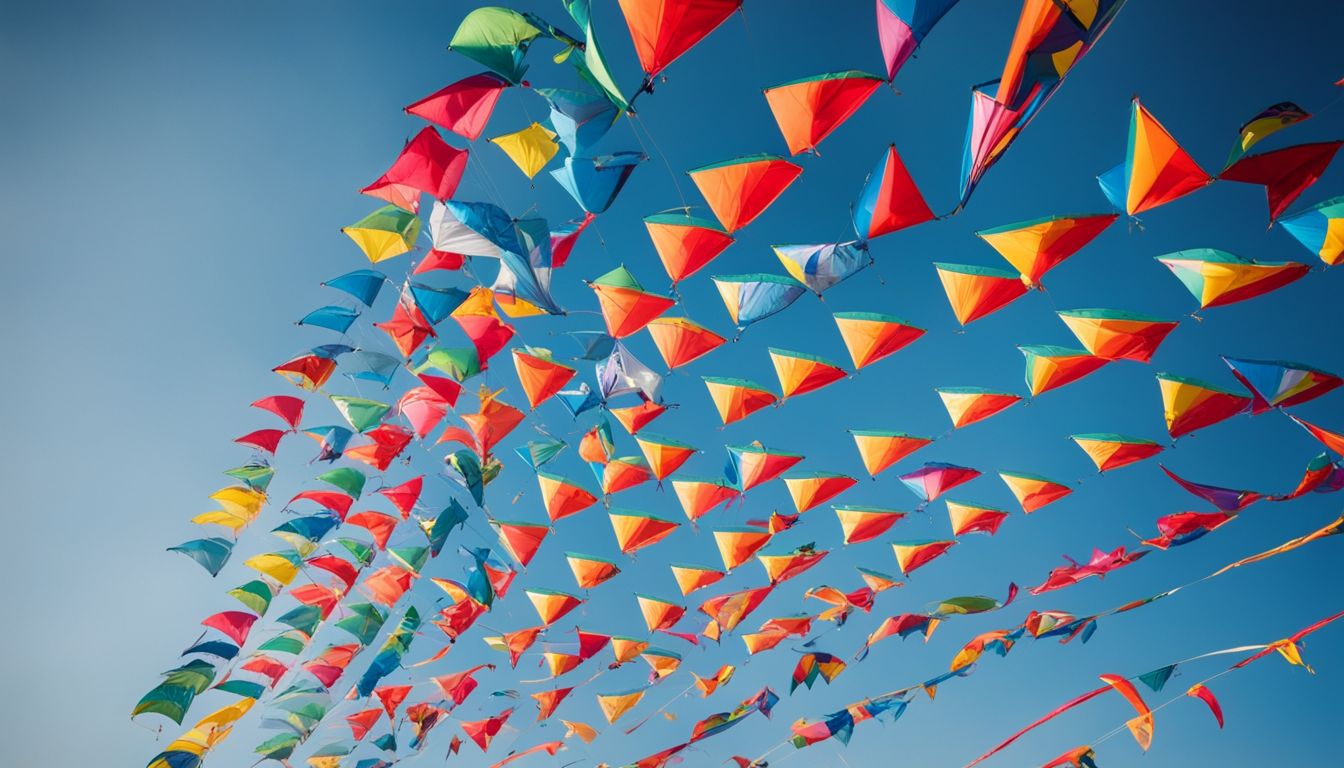
The dry season in Singapore, which lasts from February to October, is considered the best time for outdoor activities. During this period, the amount of rain is significantly lower compared to the rainy season.
In fact, February to April has the least amount of rainfall throughout the year. This means that you can enjoy more sunshine and spend more time outdoors without worrying about sudden downpours or getting drenched.
Not only does the dry season offer less rain, but it also brings with it lower humidity levels. This makes it much more comfortable for outdoor sports, recreation, sightseeing, and adventure activities.
Whether you want to explore Singapore’s beautiful parks and gardens or engage in water sports like kayaking or paddleboarding along its coastline, the dry season provides ideal conditions for these outdoor pursuits.
So if you’re planning a trip to Singapore and want to make the most of your time enjoying outdoor activities, consider visiting during the dry season between February and October. You’ll have better chances of sunny weather and fewer interruptions due to rain showers or high humidity levels.
The Rainy Season (November to January)
-130178361.jpg)
During the rainy season in Singapore, which occurs from November to January, it’s best to plan for indoor activities and be prepared for higher chances of rain and haze.
Better for indoor activities

During Singapore’s rainy season from November to January, it is better to engage in indoor activities. The frequent rain showers and cloudy skies make outdoor activities less enjoyable.
Instead of getting wet and dealing with gloomy conditions, you can explore the many indoor attractions that Singapore has to offer. There are plenty of options for entertainment such as museums, art galleries, shopping malls, and theaters.
You can immerse yourself in the rich culture and history of the city or indulge in retail therapy. By embracing indoor activities during this time, you can still have a fun-filled experience while staying dry and comfortable.
In addition to avoiding inclement weather, opting for indoor activities during the rainy season also reduces your exposure to potential haze caused by forest fires in neighboring countries.
Higher chance of haze and rain
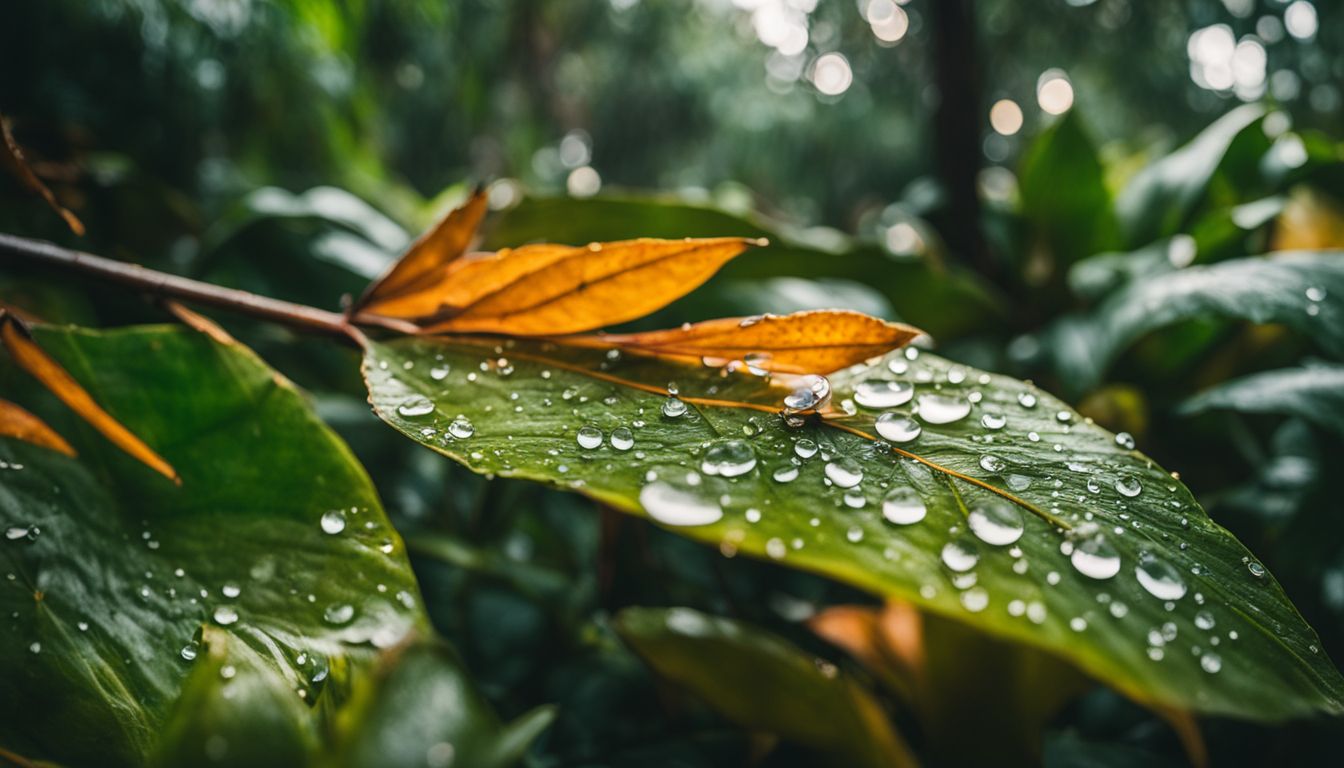
During the rainy season in Singapore, which occurs from November to January, there is a higher possibility of experiencing haze and rain. This period coincides with the Northeast Monsoon, which brings consistent rainfall to the country.
The wettest months are typically November, December, and January. It’s important to be prepared for these weather conditions if you plan on visiting during this time. However, despite the rain and potential haze, Singapore still maintains its warm tropical climate throughout the year.
What to Do When it Rains in Singapore

Explore the indoor activities and attractions Singapore has to offer, including visiting museums, art galleries, and indoor theme parks.
Indoor activities and attractions

When it’s raining in Singapore, there are plenty of indoor activities and attractions to keep you entertained. You can visit the world’s tallest indoor waterfall located at 18 Marina Gardens Dr, which is open every day from 9 am to 9 pm.
It’s a breathtaking sight that you won’t want to miss! If you’re interested in culture and history, Singapore offers a rich selection of museums and art galleries where you can explore fascinating exhibits and learn something new.
Additionally, if you’re looking for some relaxation and pampering, there are spa wellness treatments available where you can indulge in therapies to unwind after a busy day. For those seeking adventure or sports activities, there are indoor adventure parks and sports facilities that offer exciting experiences even on rainy days.
The Hot Seasons (April/May and October/November)
-130178432.jpg)
Experience the vibrant energy of Singapore during the hot seasons, with plenty of morning and night activities to enjoy. Discover the best places to explore and immerse yourself in the lively atmosphere.
Read on to make the most of your trip!
Better for morning/night activities

The hot seasons of April/May and October/November are the best times to visit Singapore for morning and night activities. During these months, the weather in Singapore is warm and dry, creating a pleasant atmosphere for outdoor exploration or enjoying evening strolls.
With daily highs in the 80s year-round, Singapore’s tropical climate is suitable for engaging in various activities during the mornings and evenings. February to April falls within the dry and warm months, making it another recommended time to visit if you’re looking to enjoy morning and night activities without worrying about rain or humidity.
So, plan your trip accordingly to make the most of these favorable weather conditions!
Dealing with Crowds during Busy Holiday Season
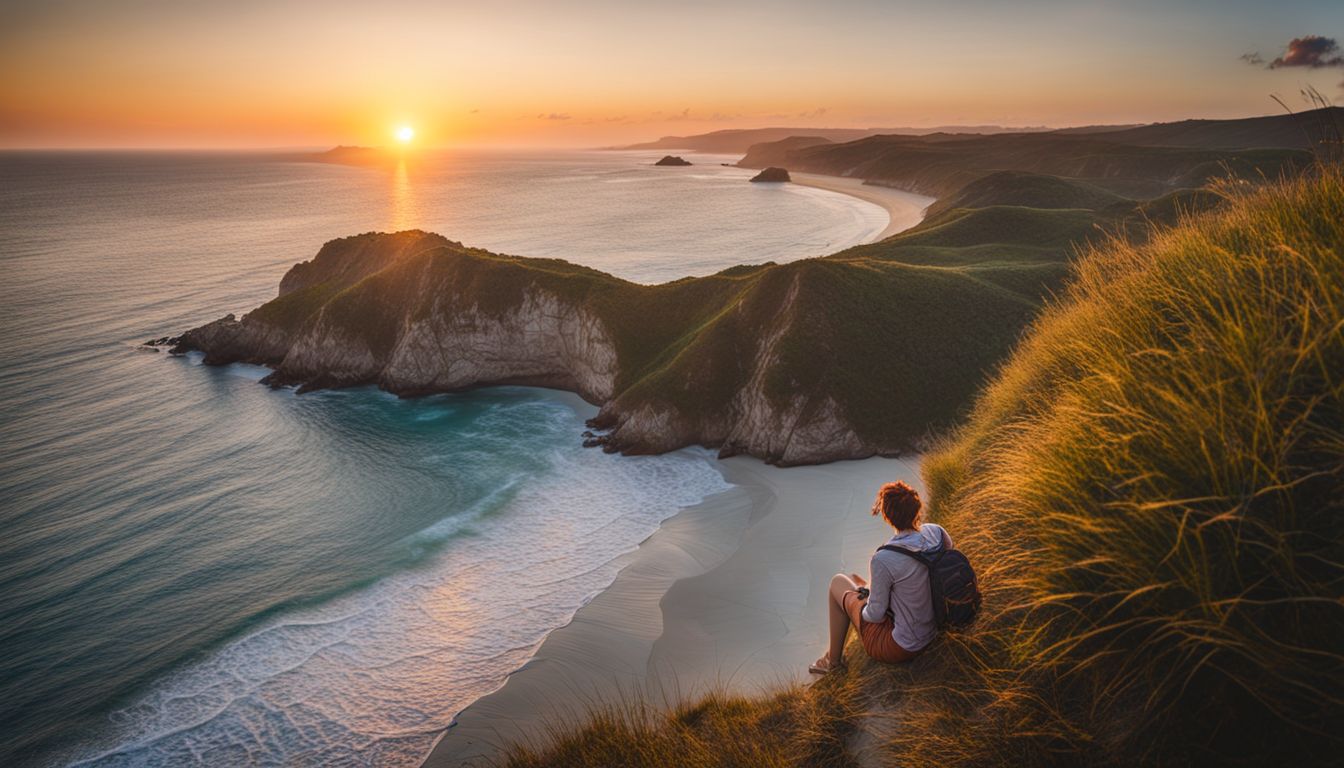
To manage crowds during the busy holiday season in Singapore, there are a few strategies you can follow. First, consider visiting Singapore from July to November, as these months tend to be less crowded.
It is also recommended to avoid visiting Singapore just after a major festival, as this can result in crowded and hectic conditions. If you find yourself in a crowded area, try navigating through smaller side streets or less popular attractions to escape the crowds.
Additionally, planning your visit during weekdays instead of weekends can help you avoid excessive crowds. Keeping these tips in mind will make it easier for you to enjoy your trip and navigate through busy holiday seasons in Singapore.
Inconvenience for Outdoor Activities
During the busy holiday season in Singapore, outdoor activities can become more challenging due to larger crowds and higher costs. Accommodation prices tend to be elevated during peak travel seasons, so it’s important to book well in advance or consider alternative accommodations such as hostels or guesthouses.
Similarly, transportation costs may increase during this time due to higher demand. To minimize inconvenience and save money on outdoor activities, plan ahead by booking tours and attractions online before your trip.
This way, you’ll have guaranteed access and potentially skip long lines at popular tourist spots. With proper planning and preparation for potential inconveniences that come with crowded periods in Singapore, you’ll be able to make the most of your trip without any hassle.
Inconvenience for Outdoor Activities

Higher accommodation and travel costs during peak seasons can make it more inconvenient for outdoor activities. But don’t worry, there are still plenty of options to explore indoor attractions! Read on to find out more.
Elevated accommodation and travel costs
During the rainy season in Singapore (November to January), you may need to budget more for your accommodation and travel expenses. This is because there is increased demand for hotels and flights, which can lead to higher prices.
Limited availability of accommodations during this time also contributes to the elevated costs.
Additionally, it’s important to note that June to August is considered peak tourism season in Singapore, so prices tend to be higher during these months as well. If you’re looking for more affordable rates on hotels and smaller crowds, consider visiting during off-peak periods from October to April.
During these times, you’ll have a better chance of finding good deals on accommodations and experiencing a less crowded city.
When planning your trip to Singapore, it’s crucial to take into account the cost of accommodation, dining, transportation, and attractions. Prices can vary greatly depending on the time of year and the level of demand.
Tips for Planning Your Singapore Trip

Plan your Singapore trip outside of the peak travel season to avoid crowds and elevated accommodation and travel costs. Check for major events happening in the city that may affect availability and prices as well.
Avoiding peak travel season
If you want to avoid big crowds when visiting Singapore, it’s best to plan your trip outside of the peak travel season. The months from December to June are considered ideal as they offer comfortable weather and fewer tourists.
During this time, you can explore the city without feeling too overwhelmed by the crowds.
Another important thing to consider is the mid-year holiday period, which takes place from June to July. This is the second peak tourist season in Singapore, so if you want a more relaxed experience, it’s best to avoid visiting during this time.
Checking for major events
To make the most of your trip to Singapore, it’s important to check for major events happening during your visit. This will help you plan your itinerary and ensure that you don’t miss out on any exciting experiences.
Some key considerations when checking for major events include looking out for festivals, concerts, sporting events, and exhibitions that might interest you. By staying informed about what’s happening in Singapore during your trip, you can tailor your plans accordingly and have a more enjoyable and memorable experience.
When planning your visit to Singapore, take the time to research upcoming events and consider how they align with your interests. Whether you’re into music, arts, sports or cultural celebrations, finding out about major events beforehand allows you to schedule them into your itinerary.
By doing so, you won’t be caught off guard by unexpected crowds or disappointed by missed opportunities. Being proactive in checking for major events will give you the chance to fully immerse yourself in the vibrant atmosphere of Singapore and create lasting memories during your stay.
Don’t forget that some major events in Singapore require advance booking or may only happen on specific dates. By planning ahead and checking for these occasions early on, you can secure tickets or make arrangements as needed.
Conclusion
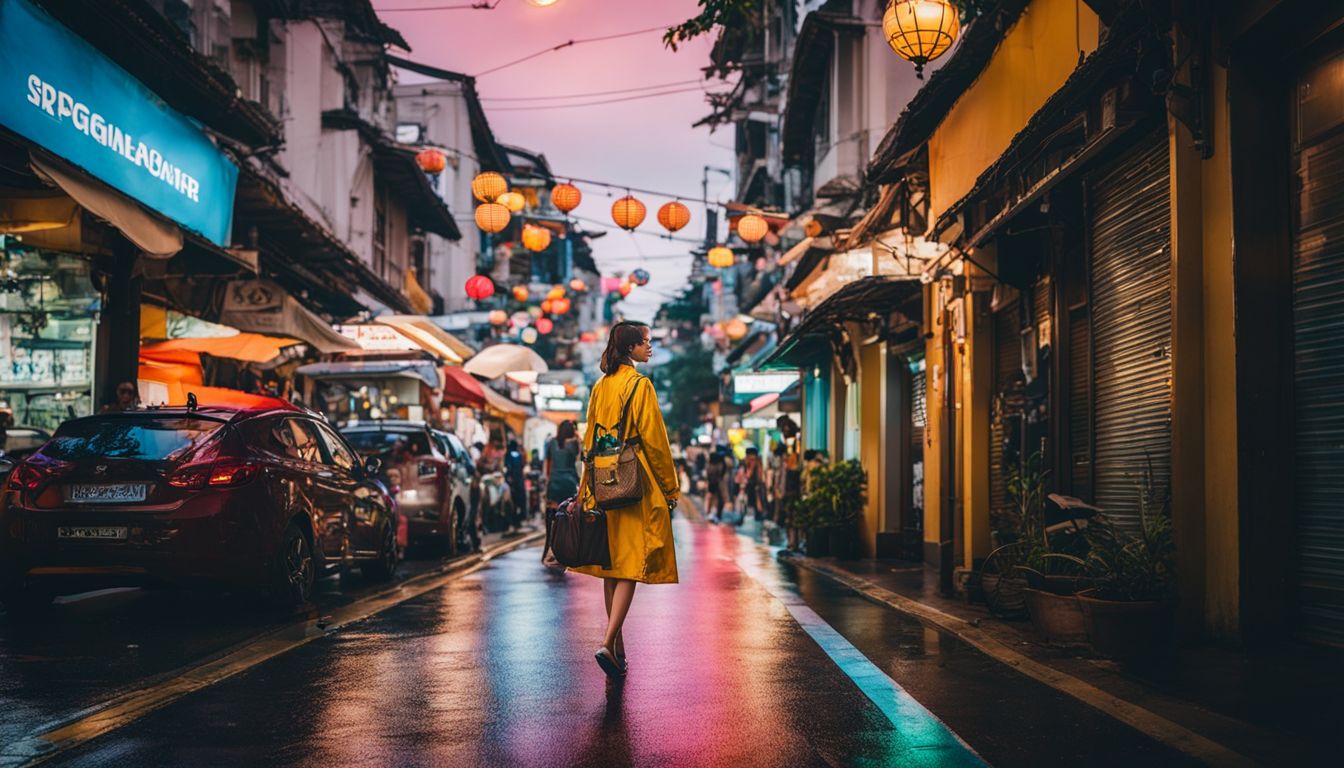
To avoid the rainy season in Singapore, it is best to plan your visit during the dry months of February to April. These months offer better weather for outdoor activities and lower chances of rainfall.
Remember to pack a raincoat or umbrella just in case, as weather can be unpredictable. Plan your trip wisely and enjoy all that Singapore has to offer without the inconvenience of heavy rain!
FAQs
1. When is the rainy season in Singapore?
The rainy season in Singapore typically occurs from November to January.
2. What are the disadvantages of visiting during the rainy season?
Visiting during the rainy season can mean experiencing frequent rain showers, increased humidity, and limited outdoor activities.
3. Are there any advantages to visiting Singapore during the rainy season?
Yes, visiting during the rainy season may offer lower hotel rates and fewer crowds at popular tourist attractions.
4. What should I pack if I visit Singapore during the rainy season?
It’s a good idea to pack an umbrella or raincoat, waterproof shoes, and light layers for both hot and humid weather conditions.
5. Is it completely off-limits to visit Singapore during the rainy season?
No, it is not completely off-limits to visit Singapore during this time as there are still plenty of indoor attractions like museums and shopping malls that can be enjoyed regardless of weather conditions.
